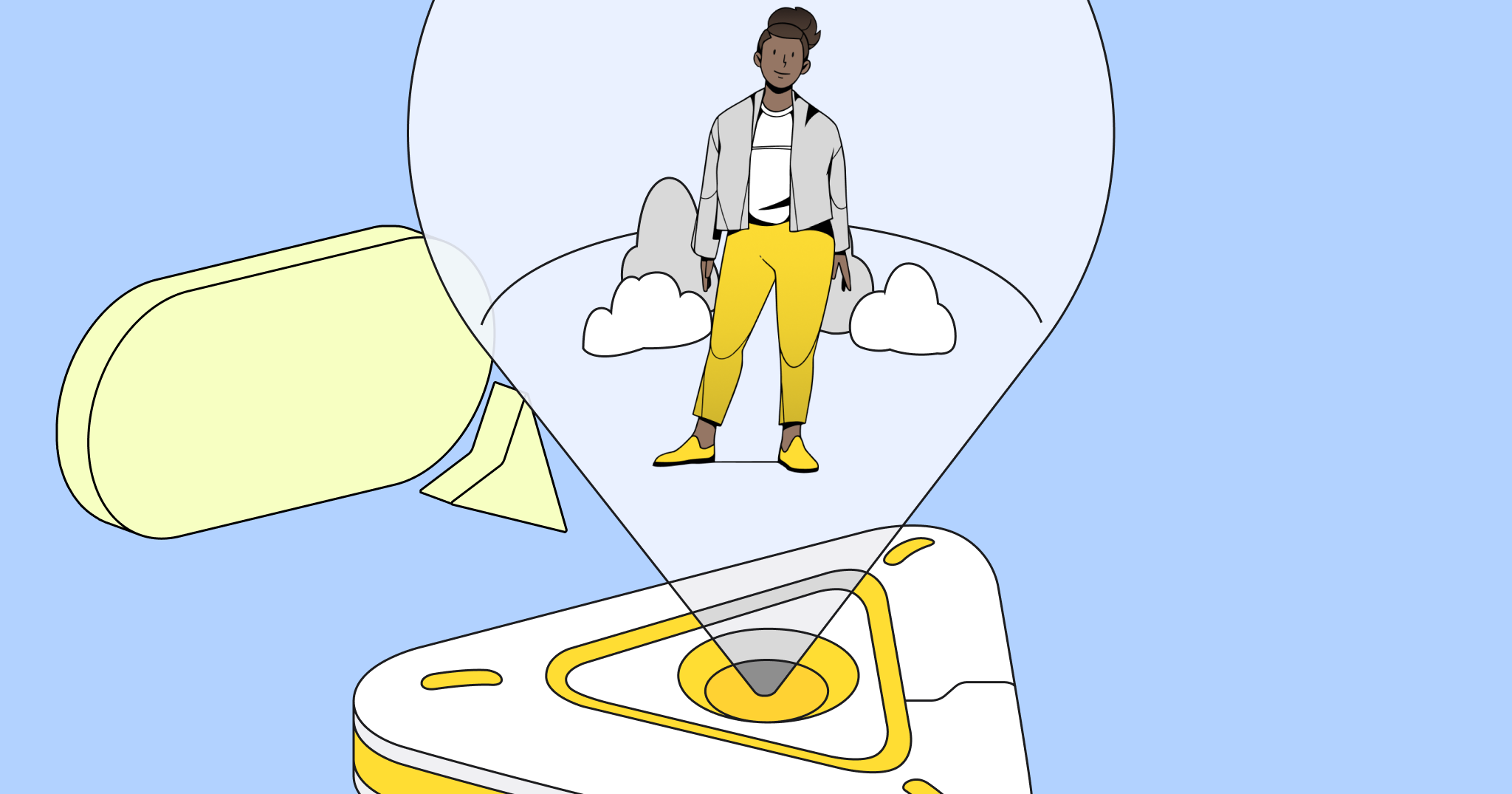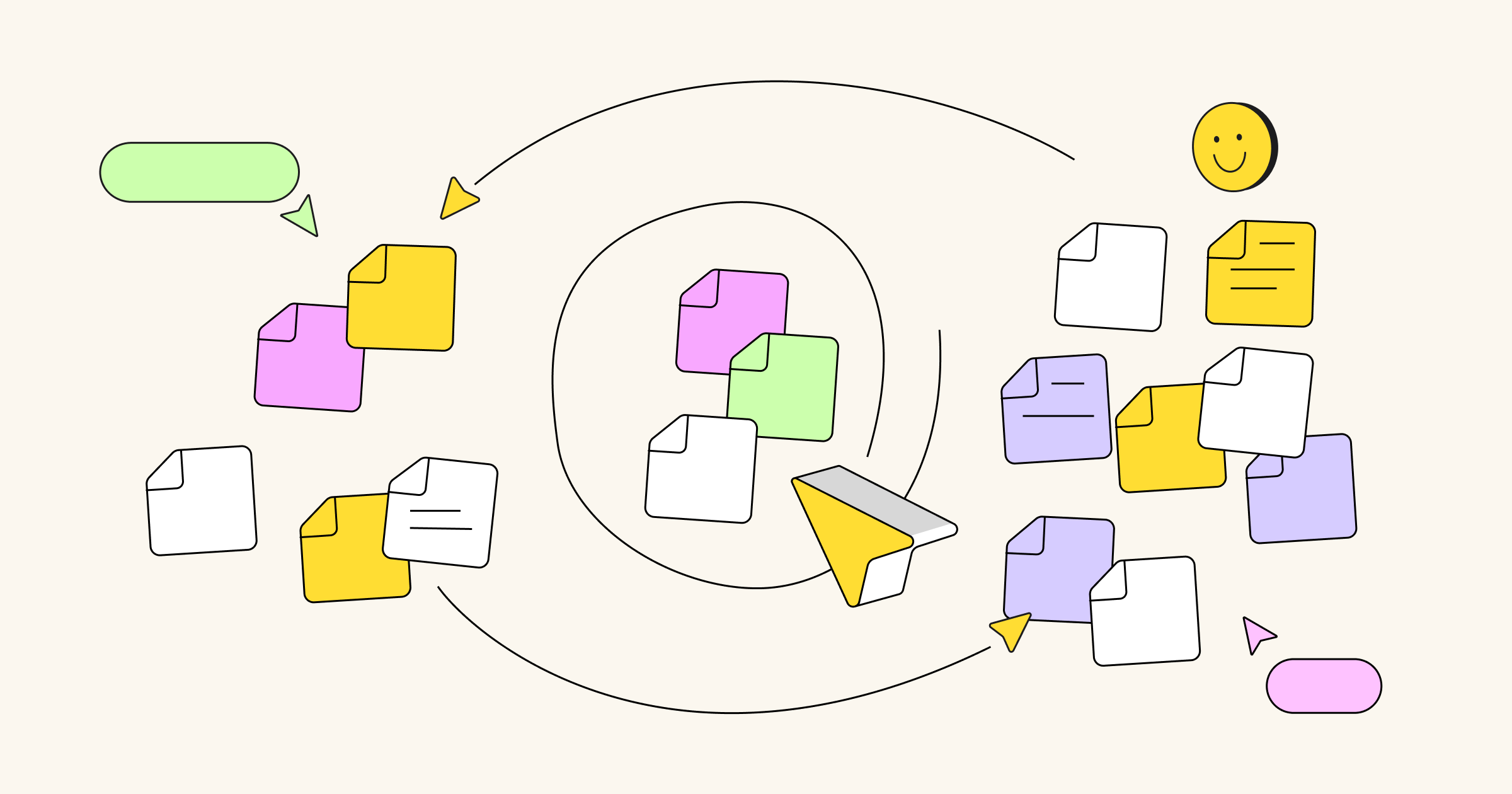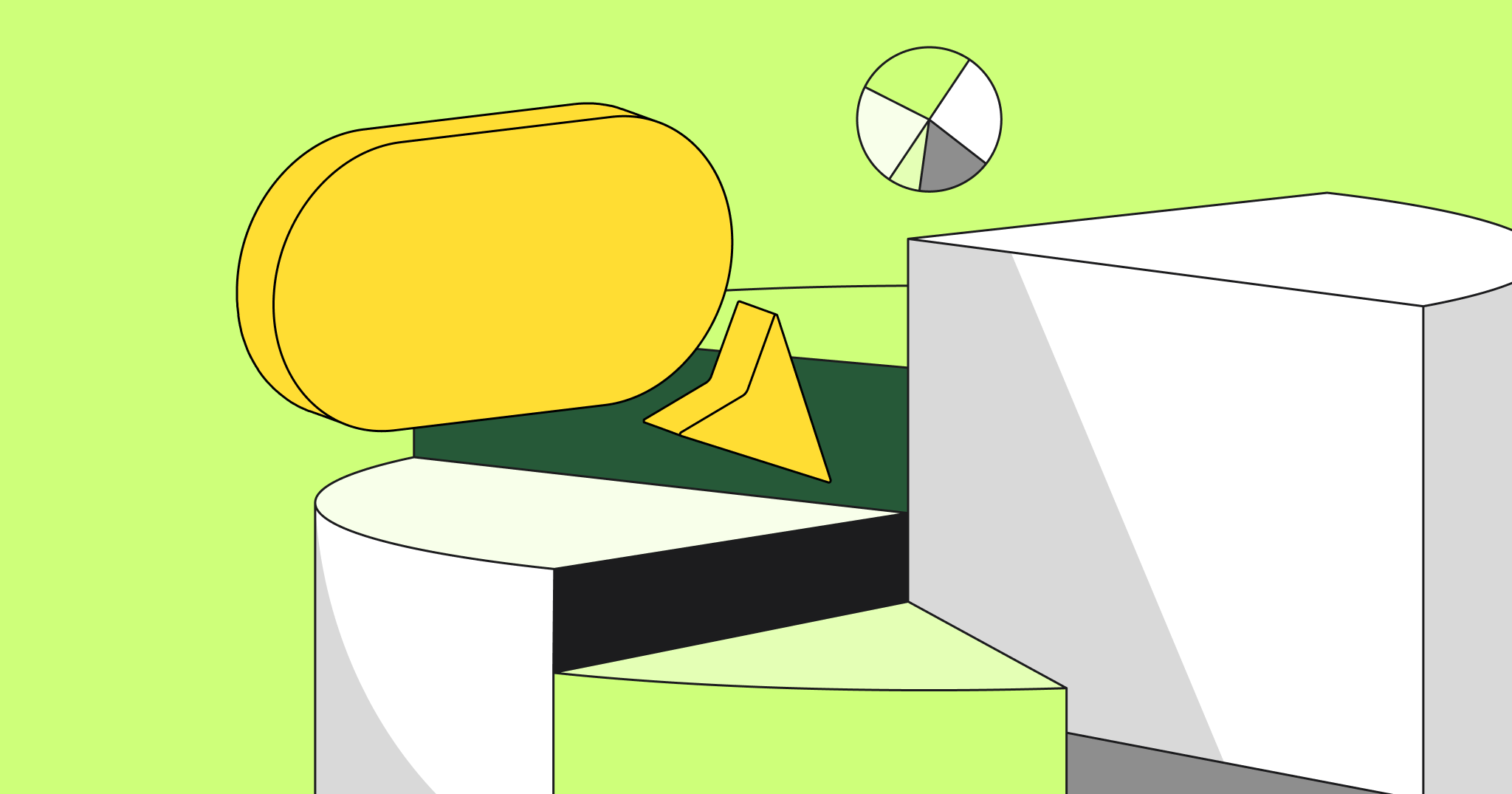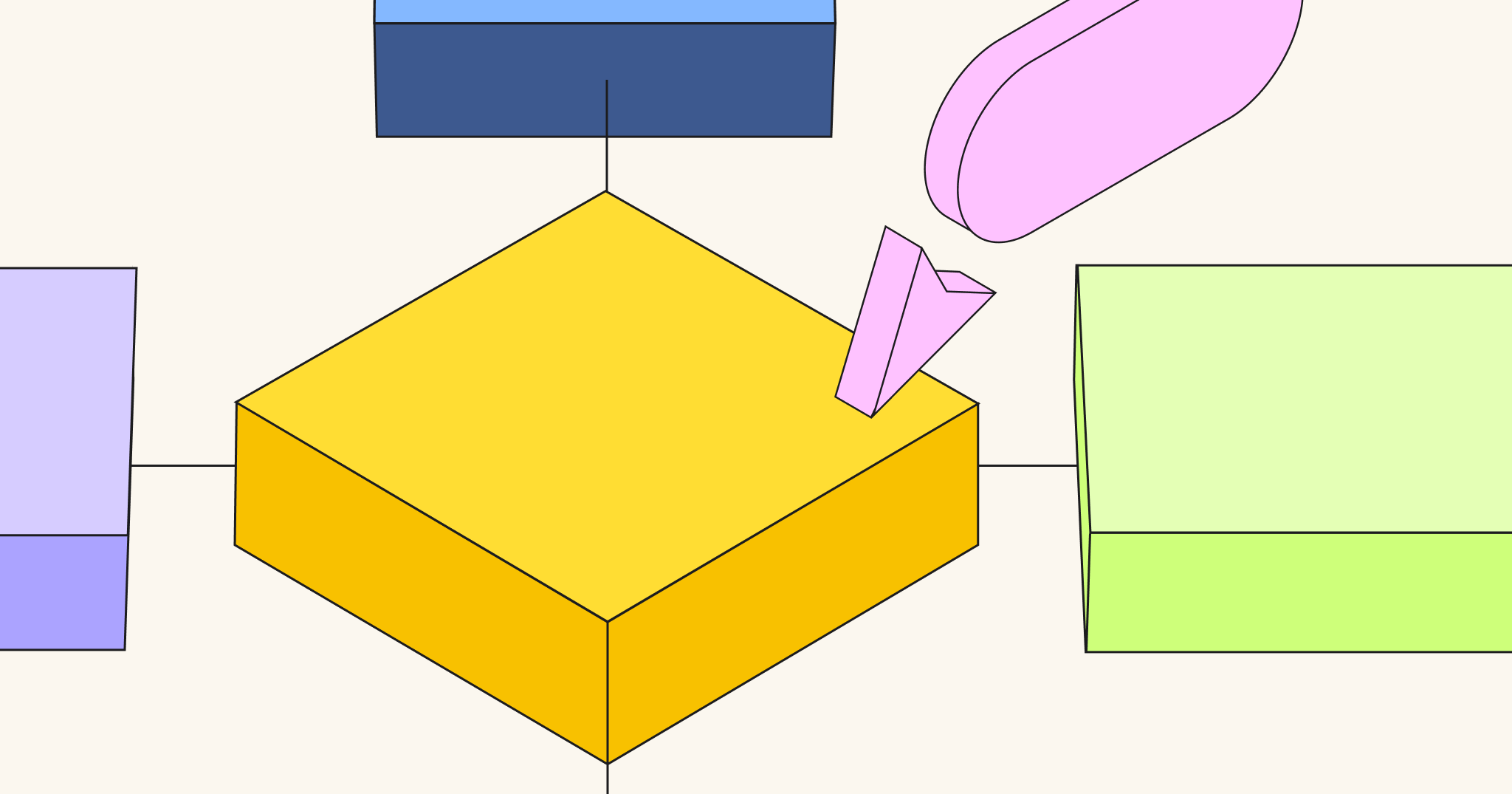We recently talked to Jesse James Garrett, a co-founder of pioneering UX design agency Adaptive Path (he has been leading it for almost two decades!). He told us about how to build trust in a remote team, and to align teams around shared values – even if they work as consultants, and the context is always changing.
One of the biggest challenges of working remotely is losing the sense that you’re working with real people. Your coworkers become disembodied voices on conference calls or a stream of text messages on the screen. The natural inertia of the situation pulls people towards isolation and disconnection, and sometimes the only interactions you have with anyone all day revolve around getting work done.
So leaders of remote or distributed teams need to put a bit of extra effort into how they structure team collaboration, creating a space where people can connect in different ways.
Teams that are more emotionally connected with each other will collaborate and communicate more effectively. They can be vulnerable with one another because there’s a baseline of safety and trust in the relationship, which means they’re more willing to share crazy idea that may or may not fly. They’re more willing to use their voices throughout the entire process, knowing they’re surrounded by people whom they trust, and who trust them.
Here is what leaders of remote (and collocated) organizations can do to model awareness of other people on the team and build trust for their employees:
PROFILE
Adaptive Path
a company founded by Jesse James Garrett to help people solve user experience problems. Mat Honan, a Wired reporter, described Adaptive Path as the company that “drove a reimagining of the Web as a place where static pages would act instead more like dynamic applications.” It was acquired by financial firm Capital One in 2014.
Founded in: 2001
HQ: San Francisco
Number of employees: 35
Model behavior that you want to see
You can’t ask people to trust you and each other if you’re not displaying trustworthiness yourself. It starts with admitting your mistakes and owning their consequences. Your employees are watching to see how you handle these situations.
If your approach to mistakes is to sweep them under the rug, it tells the team that the way to deal with errors and failures is to suppress or ignore them. However, when you own up to your failures, it creates space for trust.
For example, on one project, I’d set up a process and was taking the team through our research analysis, but we were having a lot of difficulties making sense of the data. For an entire week, the team (including me) got more and more frustrated. Finally, I realized I’d set the whole process up wrong.
That afternoon, I told the team that my mistake was the reason for their frustration, and I also wiped the following week’s agenda clean so we could all reset. Taking ownership of how I’d put the team in a difficult position completely changed everyone’s attitude towards the project. People became much more engaged and emotionally committed seeing how their leader was aware of how the error had affected them.
Find time for human interactions
In meetings, you don’t always have to hold people strictly to an agenda; you should also create a space for people to have casual conversations. It’s essential to weave these kinds of small human interactions into the fabric of the workday, so people can feel a sense of connection. And if you model this behavior by – for example – asking people about their weekends, it’s easier for your team to do the same.
Not too long ago, my team found ourselves with a video call booked for a meeting we didn’t actually need – and everyone was hungry. So we all got snacks, sat on the conference call and had a virtual coffee break. People just chatted about whatever was going on with them. It was nice to share that casual break – which is so much a part of in-office life – together remotely.
Looking for a tool to align a team around a shared goal? Try Miro free
Establish eye contact
Being able to see someone eyes is really important for maintaining trust. When you have a group of people around a conference table with just one camera at the end, and everyone turns into little 16-pixel blobs, you don’t have a sense of how they’re reacting and feeling from moment to moment. You lose your connection. If we can’t look at each other and hear each other’s voices, we can get emotionally out of sync and it can lead to unnecessary friction.
Show appreciation
One of the ways we can foster trust is by creating rituals around celebrating milestones and commemorating collective progress. When you ship the new release of your product, it’s not enough to email everyone saying, “Hey, it’s out there.” You should bring people together to commemorate that moment.
These rituals foster shared gratitude, providing a way for people to acknowledge each other. That’s a huge part of what’s necessary to build a feeling of emotional safety. If we don’t hear a word of appreciation for all our hard work, we start to feel emotionally isolated. If we never see our leaders show appreciation for others, there isn’t really an invitation for us to do the same. A culture that is impoverished in gratitude is ultimately going to be a miserable place to work.
Honesty & asking for help
Our standups and status calls aren’t strictly task-focused. They’re also opportunities for people to speak honestly and openly about what they need to be effective and successful that day.
At our standups, we usually talk about blockers and removing the things that keep us from delivering what we want to deliver. This could be practical and technical, or it could be something more emotional, like needing to talk through a difficult issue. Someone might express that they have a lot going on and really need help, or they might say, “I need you guys to just leave me alone so that I can focus.”
Creating an atmosphere where people can speak about their needs and ask for help is really important for building bonds on the team. If a leader can also ask for help, it’s a powerful statement that grants permission for others to ask for help as well.
Reinforce the company vision
It’s much easier to establish trust if everyone on the team has a clear sense of the company’s vision. So I recommend you settle on a clear and concise way of describing that mission, and continue to reinforce it. This reminds people of the importance of what they’re accomplishing together, so they don’t just focus on the trees – they also remember the forest.
While projects have clearly defined endpoints and objectives, other teams continually maintain products. Project-oriented teams tend to explicitly create a shared vision as part of the project definition process. Teams that maintain products need to rally around a sense of purpose on an ongoing basis.
At Adaptive Path, one of the deciding factors for taking on consulting work was whether it provided opportunities for growth. We wanted projects we could learn something from. Aligning around this vision helped our team find a shared purpose. At the beginning of the project, we were able to agree that even if this project didn’t work out the way we’d hoped or the client hoped, we still would have gained something from the project.
During one project, we spent a whole year building a prototype that tested well, but my project sponsor didn’t have the political support to get it implemented. But everything I learned about designing for that audience got carried over to the next project, and the one after. Our technologists carried their learnings over into future projects. Alignment around growth is one of the most powerful ways to give yourself a sense of purpose, even in the face of ambiguity and uncertainty. You can learn a lot from a project regardless of how successful it is. And sometimes the failure itself is something to learn from – and can bring teams closer together.






